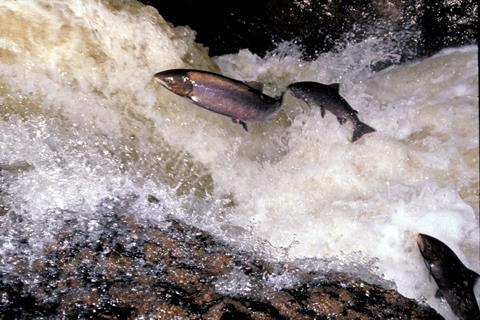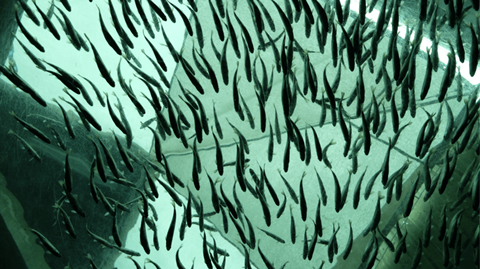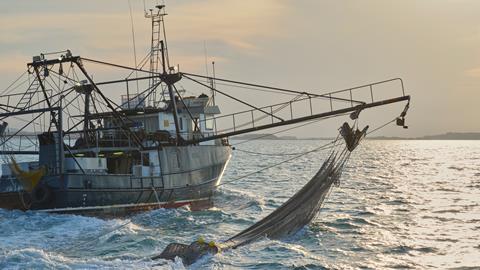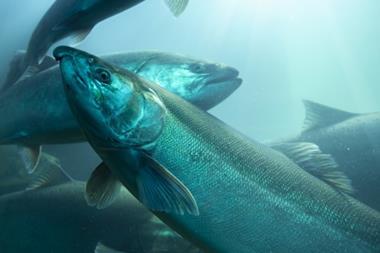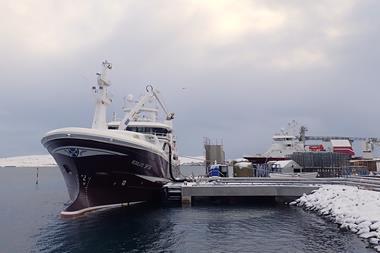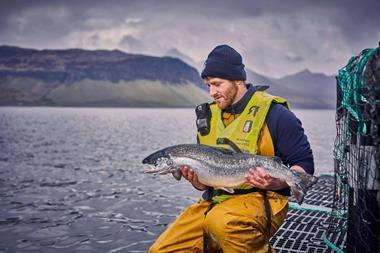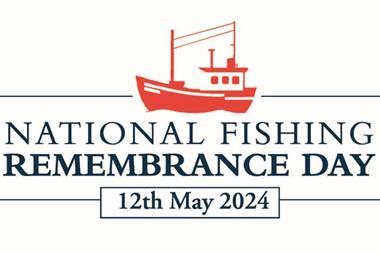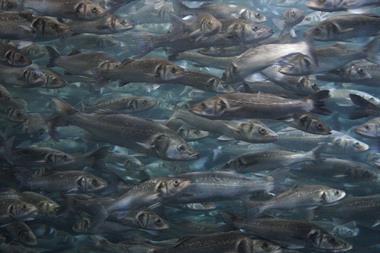With little known about the migration routes of wild Atlantic salmon as they leave rivers, a project using the latest technologies has received GBP 400,000 funding from the Scottish government, helping to take it into its second year.
Atlantic salmon start their lives in streams and rivers before migrating to the high seas to grow and return home to spawn, connecting vast ranges of diverse habitats. However, a number of factors, including climate change, have seen the species in serious decline across recent decades.
The West Coast Tracking Project is part of a broad range of measures being used to build the resilience of the iconic species. This multi-year initiative, sees biologists tagging young salmon with miniature acoustic transmitters, each with its own unique signature, as their migration begins.
Strategically placed receivers record the signal from each tag, allowing the progress of individual fish to be tracked if they pass multiple listening sites. This information will fill key gaps in knowledge of salmon smolts as they migrate from fresh water through the key area of the coastal zone and will be combined with data such as sea lice distribution and ocean currents.
According to the Scottish government, this data will provide a strong evidence base to inform aquaculture planning and regulation, as well as informing decisions on locating offshore renewable installations.
“The revival of salmon populations and the habitats they depend on will provide multiple benefits to society and will play a significant role in our ambitions for the rural economy,” Scotland’s Rural Affairs Secretary, Mairi Gougeon, said.
“The suite of measures we are taking across Scotland underlines our commitment to tackling the twin crises of climate change and biodiversity loss.
“At the same time, we continue to argue for greater collective action across the international arena.”
The project, which is managed by Atlantic Salmon Trust, Fisheries Management Scotland and Scottish government directorate Marine Scotland, also receives funding from industry representative body Salmon Scotland and private donations.
Mark Bilsby, CEO of the Atlantic Salmon Trust, said the work delivered to understand how salmon smolts were migrating out from 10 rivers in 2021 was “a mammoth geographical and logistical challenge”, met by the ground swell of support from people and organisations on the ground – from those in the Solway Firth, to West Sutherland and across to the Outer Hebrides.
“The funding from Scottish government will enable the work to be developed in 2022 so that we have a greater understanding of how young salmon are using our coastal areas. This practical information is key so that we can better protect wild Atlantic salmon,” he said.
The Scottish government’s Wild Salmon Strategy, delayed due to the pandemic, will publish early in 2022.
